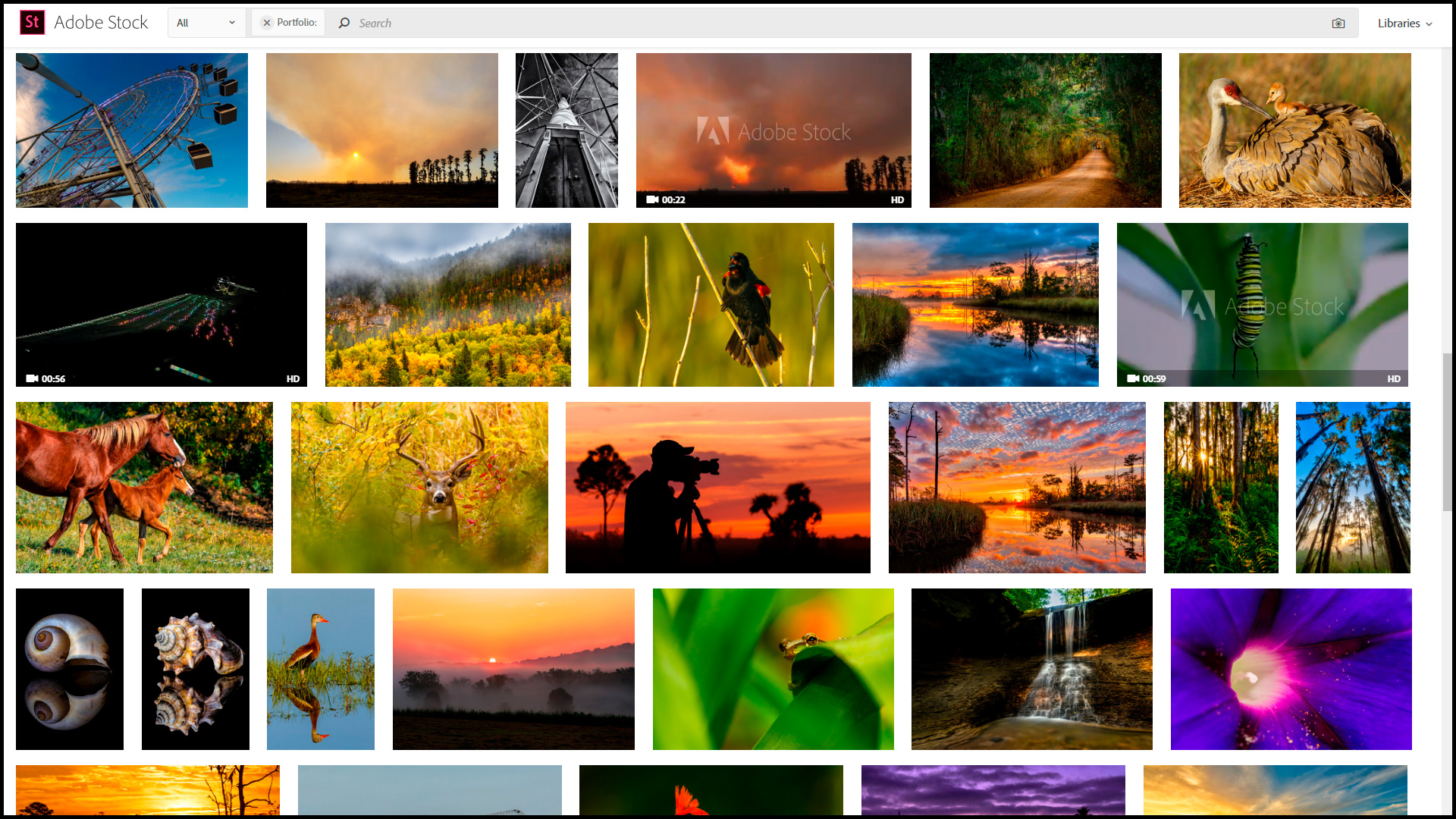


ADOBE STOCK CONTRIBUTORS HOW TO
We’ll also talk about how to efficiently integrate Adobe Stock content creation into your commercial workflow.

In this final part, we’ll explore how to strike the right balance between the quantity and quality of your output.
ADOBE STOCK CONTRIBUTORS FREE
It’s free and easy to sign up and earning on the platform is passive once you’ve done the initial set-up.So far in this series, we’ve covered essential steps for becoming a successful Adobe Stock Contributor - creating content that buyers are looking for, getting the most from your productions, optimizing your metadata, and maximizing the potential of your submissions. Joining as an Adobe Stock contributor can be a great, hands-off way to earn some extra money each month. Fill in gaps where there’s little content. If you discover a popular niche, create more content for it. Read Adobe’s trend reports to plan your upcoming shoots. Once your photography has been approved, you can still continue to optimize and improve. Newly uploaded files get reviewed on a first-come, first-served basis and can take up to a week to be reviewed. Step 5: Wait for Your ReviewĪfter all that, now you need to wait. You’ll probably still need to review and edit them as necessary but it does speed the process up considerably. Most people use Adobe Stock to find specific images to fit their theme and the better you can use language to describe your image, the better for everyone.Īdobe’s Sensei helps by suggesting up to 25 keywords and a title. It might seem weird and unnecessary to add a title and keywords but it’s critical to your success on the platform. You might have the most beautiful images in the world, but without keywords, no one will find them. Do not upsample files to reach these minimums. Files cannot exceed 45 MB (megabytes), the minimum resolution is 4 MP (megapixels) and max is 100 MP. All images must be in the JPEG file format and use color space sRGB. The dashboard is pretty user-friendly allowing you to see the stage of all your images, whether they’re under review, up for purchase, or analytics on sales.īefore you start uploading, here are some basic guidelines to follow. Once you’ve set up your ID, you can already start uploading images you want to sell on the platform. If you already have an Adobe ID, you can use it to sign in. You need your give your name, email, date of birth, password, country and accept their policies. Go to the contributor page on Adobe Stock and click on “Get Started” to create an Adobe ID. From what’s highlighted on the homepage and each subsection, you’ll quickly start to see what type of images flourish on the site and what buyers might be looking for currently. Step 1: Get Familiar with Adobe Stockīefore you dive head-first into signing up to be an Adobe Stock contributor, I’d recommend taking a look at the aesthetic of the Adobe website. Ready to turn your passion into earnings? Become an Adobe Stock contributor here. I’d recommend you also complete your tax information when setting it up - while it’s optional, if you haven’t set it up yet, Adobe is required to keep the maximum taxes possible which translates to 30% of your earnings. To sign up, you’ll need a scan of your valid government id and about 10 minutes to fill out the forms and set up your profile.

Getting started selling your images on Adobe Stock is quick and easy. However, for most photographers and image creators, the percentage means it’s more likely to be a nice steady drip of secondary passive income. Obviously, if you have a photo that takes off on a platform with millions of users, the potential earnings are incredibly high. Once you hit $25 in royalties, you can get paid out with PayPal or Skrill. Currently, each time your work sells, you earn either a 33% commission for photos and vector art or a 35% commission for videos. Selling on a stock platform like Adobe Stock streamlines all that… for a price. Let’s get to what everyone is actually interested in: earning money! Selling on your own requires hours of effort to get your portfolio seen, negotiating rates, and communicating with clients.


 0 kommentar(er)
0 kommentar(er)
